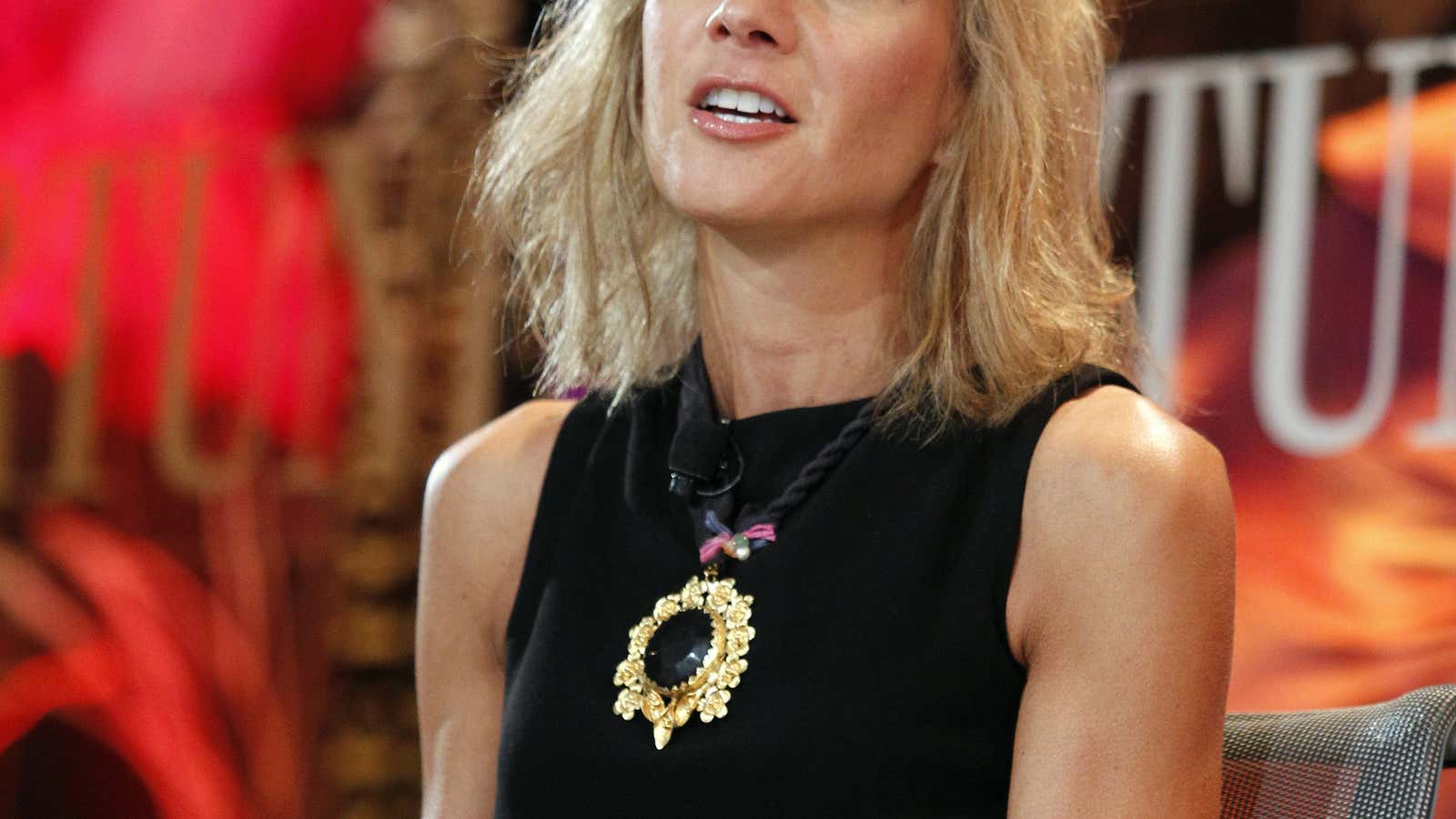The is how it used to be: Board members were usually chosen from among the ranks of other companies’ top executives, and were often the CEOs of those companies. Simultaneously, when promoting someone to the role of CEO or hiring in a replacement from outside, board experience mattered to the board committee doing the hiring. Because most board members were male, most CEOs were male, and vice versa.
But new research published in the Harvard Business Review suggests the pattern is changing.
Namely, more women without CEO experience are being invited onto boards—likely due in part to public pressure that big companies no longer be steered by men alone. In turn, this soon could help increase the still-thin ranks for female CEOs, as companies are increasingly using board experience as a proxy for an executives’ readiness to lead.
Academics from Georgetown University studied the 3,000 largest publicly traded US companies, identifying 140 female CEOs (about 4.6% of all the company chiefs). They eliminated founders as well as women who had inherited a family business, and randomly selected 100 of the remainder. They then paired those women with male CEOs of comparable companies, and studied both groups, looking at previous job roles and board experience.
The data showed two particular differences. When companies hired outsiders into the role of CEO, as opposed to promoting someone internally, the women who got hired were much less likely than the men to have previously served as the CEO of a public or private company: Half the men hired in had done so, compared to only 18% of the women. But women CEOs were much more likely to have had previous board experience. Almost 60% of the women who took over the CEO role at a public company had prior public company board experience, compared to 42% of the men. More than 20% of them had been on the board of a private company, compared to 12% of men.
This doesn’t prove that board experience was the reason the women were hired as CEOs. But the researchers think there’s a strong case for correlation. “First, as board members these women get into the executive network, thus when companies are looking to create a candidate pool for an outside CEO appointment, these women’s names are more likely to be surfaced than if they had not been part of the board network,” Catherine H. Tinsley, a management professor at Georgetown’s McDonough School of Business, tells Quartz. “Second, board service gives these women opportunities to show their skills and leadership abilities to people outside their own firm.”
The potential correlation could provide a steer both for women who are keen to lead companies, and companies wanting to help them graduate to the highest positions. Women themselves can actively seek board appointments, and a number of networks now exist to make this process smoother, like Women on Boards, which helps match women in the UK and Australia with open board positions. Meanwhile, companies, the researchers note, can institute programs that help their female executives gain experience elsewhere.
The research, conducted by Tinsley with Kate Purmal, a senior industry fellow at the Georgetown University Women’s Leadership Institute, comes at an interesting time for board composition. Europe has seen a concerted push for women to be better represented on boards: In the UK, the 30% Club, founded in 2010, pushes for 30% of board members to be female and has seen a significant shift in that direction. (As of September, female representation on FTSE 100 boards had reached 29.6%, according to the campaign’s latest figures.) Some places have brought in quotas (see Norway and the state of California) while other advocates—the 30% Club included—push for more organic, company-led change as a more sustainable alternative.
In the US, where 24% of board directors are women, companies that fail to diversify their boards are increasingly under scrutiny. Most recently WeWork, criticized for its all-male board ahead of its initial public offering, promised to appoint Harvard Business School professor Frances Frei to its board. She previously was brought in by Uber to help reform its “toxic” culture.
Companies also are beginning to wake up to the fact that in order for diverse people to have equal chances of success over the course of long careers, they need more flexibility than has traditionally been on offer. The idea that the only path to CEO is many years of five-day weeks, uninterrupted by other commitments or career breaks, seems to be changing now (Quartz membership exclusive). But the Georgetown researchers note that, to date, “studies of the ascension to CEO have been based primarily on the career paths of men, since men represent 95% or more of CEOs.”
The shift in board appointments hasn’t dramatically affected female CEO numbers yet. But as they noted in their HBR piece, the Georgetown researchers think it “may signal a significant increase of women in the CEO talent pool in the years to come.”
